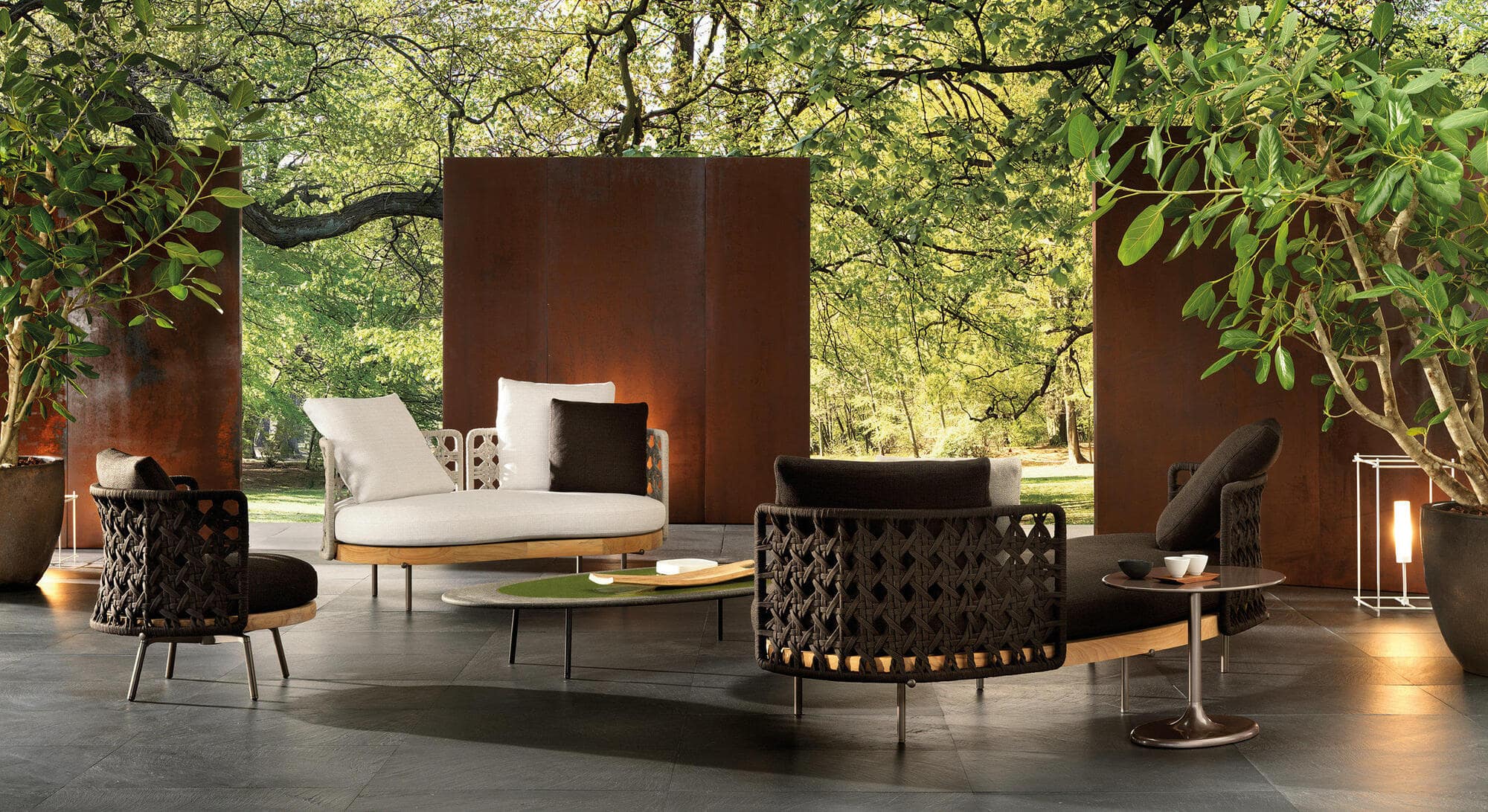
04.15.2024 / 14513 Views
Environmental awareness, the field of interior design is undergoing a noticeable shift towards sustainability and the environment. This change not only reflects a growing concern for the planet, but also a desire to create spaces that combine aesthetics and ethical responsibility. From the choice of materials to the overall design philosophy, modern homes use eco-friendly methods to create stylish and sustainable interiors.
One of the key trends in sustainable interior design is the use of renewable materials such as bamboo, recycled wood, and recycled plastic. These materials offer many benefits, from natural beauty to minimizing environmental impact. Known for its rapid growth and durability, bamboo is popular for furniture and flooring, giving spaces an organic elegance. Likewise, recycled wood adds character and warmth to interiors while reducing the demand for virgin wood and reducing deforestation.
In addition, the use of recycled plastic in interior design demonstrates a commitment to reducing waste and ensuring a closed loop. By turning discarded plastic into functional and beautiful furniture, designers not only rid garbage of landfills, but also help conserve natural resources. This innovative approach not only enhances the visual appeal of the interior, but also embodies an eco-friendly lifestyle.
Sustainable interior design involves a holistic approach that goes beyond the choice of materials and takes into account factors such as energy efficiency, indoor air quality, and resource conservation. Designers are increasingly using passive design strategies, such as optimizing natural light and ventilation, to reduce energy consumption and increase occupant comfort. In addition, the use of paints and finishes with low VOC content contributes to improved indoor air quality and a healthier living environment.
The impact of green interior design goes beyond individual homes and influences broader trends in architecture and urban planning. Sustainable design principles are being integrated into both residential and commercial development as communities seek to reduce carbon emissions and mitigate climate change. From green building certifications to eco-districts, there is a growing recognition of the relationship between the built environment and environmental sustainability.
In conclusion, the advent of eco-friendly and sustainable interior design represents a paradigm shift in the way we imagine and live in living spaces. By prioritizing ethical sourcing, renewable materials and smart consumption, modern interiors not only reduce environmental impact, but also set new standards for innovation in design and aesthetic expression. As we navigate the complexities of a rapidly changing world, the transition to sustainable living is not just a choice, but a responsibility to future generations and the planet we call home.